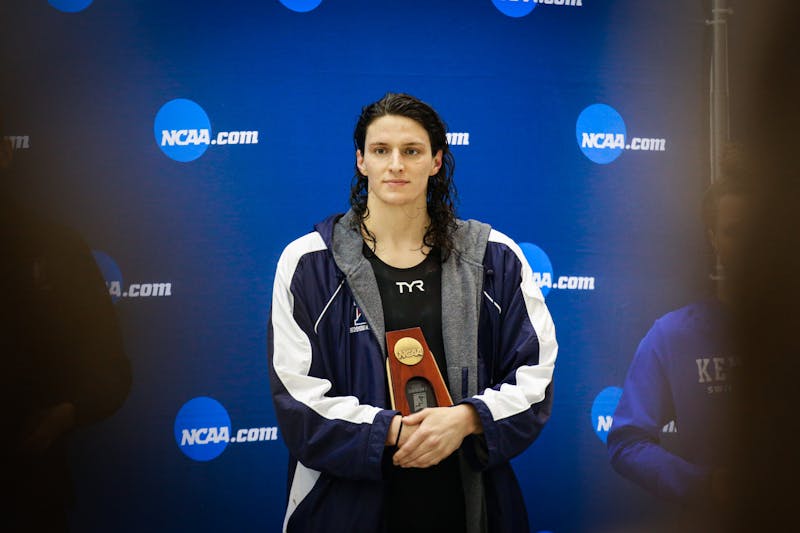Displaying intriguing pictures of unusual Martian formations, one enthusiast speculated last night that artificial structures exist on Mars. In presenting his controversial theory, Mark Carlotto, a researcher who counts astronomy as a hobby, described a series of structures on Mars that he said are not natural. In his speech before 60 people at Meyerson Hall, Carlotto said the odds of the structures being natural are slim and added that these objects, grouped together in a 400 square kilometer range, may be the first evidence that earthlings are not alone. The most prominent feature of the cluster is a mile-long formation called "Face on Mars," which appears in photographs taken during the Voyager missions. While NASA has dismissed the face as "an optical illusion," Carlotto questions such reasoning. He and a group of friends conducted a series of 14 tests, all of which indicated that the structures are artificial. While none of the tests is independently convincing, Carlotto said, taken together they "really make a striking case for it." But he was quick to add, "If I was trying to prove these things, I wouldn't be a scientist, I'd be a charlatan." Carlotto added, "We should get better data, we should take the next step." That step would be to take high resolution pictures of the formations from the Mars Global Surveyor, currently in orbit around the Red Planet. But NASA claims the site is of no scientific interest and it has no plans to take pictures of it, Carlotto said. Noting that the satellite would have ample opportunity to take the pictures, he added, "It would be a damn shame if we didn't take advantage of it." Not everyone in attendance was so certain that NASA's reluctance is innocent. "I think NASA already has the pictures and they don't want to give [Carlotto] the credibility," Engineering junior Vesal Dini said. Other audience members remained skeptical of Carlotto's theories but agreed that more pictures should be taken. "Why not? They have nothing to lose," Engineering junior Jeremy Cohen said. One cynic, a Geology professor, challenged Carlotto during the question-and-answer period. "We make a serious mistake if we assume that we understand the geological formations possible in our universe," he said. Carlotto shot back, "Prior belief and context has a way of coloring the whole matter and we need to suspend that a bit? and be open to anomaly." While Carlotto refused to speculate on the formation's origins, Peter Scherer, a Bioengineering professor who organized the talk, said, "There is no more important scientific question at this time" than whether life has existed on Mars. Responding to criticism of the lecture's topic, Scherer acknowledged, "It's obviously not your average Bioengineering seminar," but maintained that Carlotto lives up to the "highest scientific standards." Not everyone agreed, however. One audience member said, "There were obvious flaws in logic. I don't think such a talk should be held at Penn or anywhere else on Earth."
The Daily Pennsylvanian is an independent, student-run newspaper. Please consider making a donation to support the coverage that shapes the University. Your generosity ensures a future of strong journalism at Penn.
DonatePlease note All comments are eligible for publication in The Daily Pennsylvanian.







